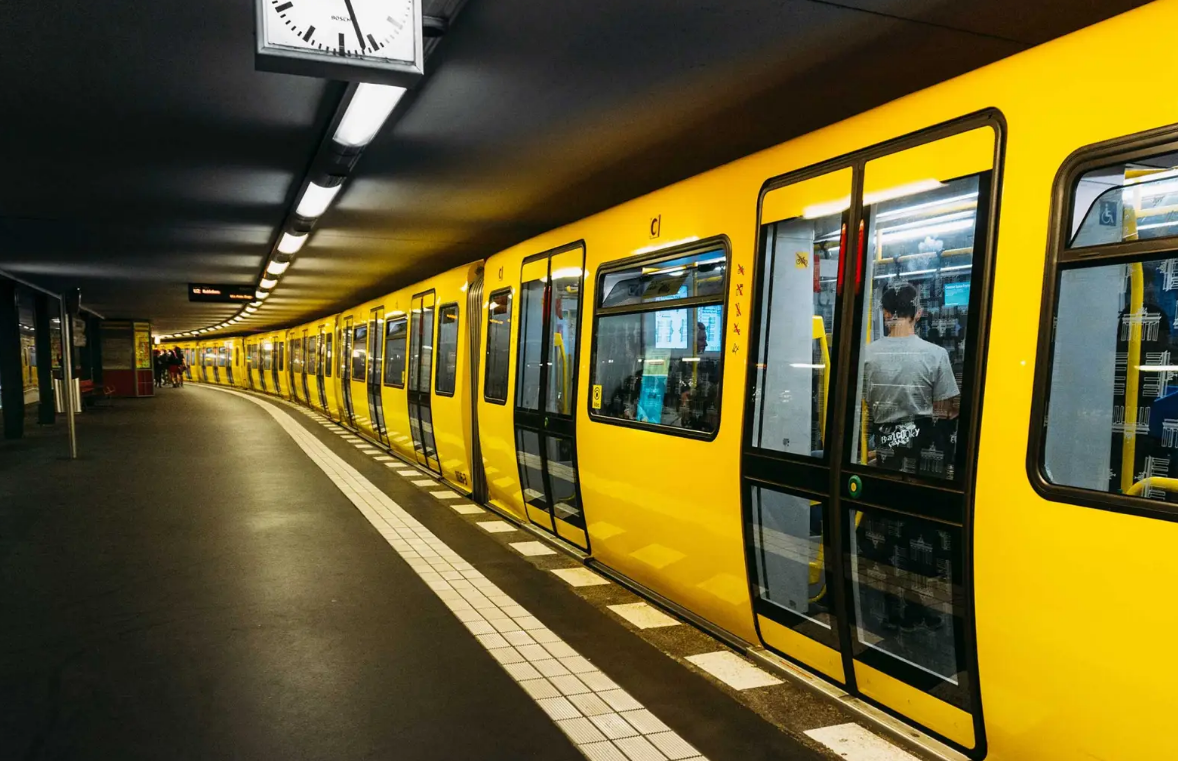Welcome to Berlin, a city that's vibrant, historical, and full of life. As you explore Berlin, you'll undoubtedly want to visit iconic landmarks like the Brandenburg Gate, a symbol of unity and history. This majestic gate has witnessed countless historical moments and stands as a testament to Berlin's rich past.
To make the most of your time here, you'll need to navigate the city efficiently. Berlin's public transportation system, or abc Transport, is your best bet. Let's dive into this comprehensive guide to help you get around easily.
Overview of Berlin's Public Transportation
Berlin's public transportation network is extensive and covers every corner of the city. It includes the U-Bahn (underground trains), S-Bahn (city trains), buses, and trams. The system is operated by the Berliner Verkehrsbetriebe (BVG) and Deutsche Bahn. With a single ticket, you can access all these modes of transport, making it incredibly convenient.
How to Ride Berlin's U-Bahn
Metro by Berlin or U-Bahn is a convenient way to travel. The U-Bahn is Berlin's underground train system, primarily operating within the city limits (AB zone). You'll recognize the entrance by the illuminated "U" sign. Once you're on the platform, you can buy a ticket from a machine or a BVG distributor, stamp it, and board the train.
Lines on Berlin's U-Bahn
The U-Bahn has 10 lines with over 170 stations. Here are some key lines:
- U1: Runs from Warschauer to Uhlandstraße, passing through East Side Gallery and Kreuzberg.
- U2: Connects Pankow to Ruhleben, passing through Alexanderplatz.
- U3: Travels from Nollendorfplatz to Krumme Lanke, a popular lake.
- U5: Runs from Hönow to Alexanderplatz, eventually connecting to the U55.
Hours of Operation
The U-Bahn operates from 4:30 a.m. to 12:30 a.m. on weekdays. On weekends and public holidays, it runs 24 hours with reduced frequency. During peak hours, trains run every 5 to 10 minutes, and after 8 p.m., every 10 to 15 minutes.
How to Ride Berlin's S-Bahn
The S-Bahn is Berlin's city train, running mostly above ground. It connects the city center to the outskirts, making it the fastest way to travel longer distances within Berlin. S-Bahn stations are marked by a green and white "S" symbol.
DB Tickets
DB tickets are used for Berlin's S-Bahn, which is operated by Deutsche Bahn. You can book DB tickets online through the Deutsche Bahn website or app. They are also available at ticket machines in S-Bahn stations and various BVG ticket vendors. To validate your DB ticket, stamp it at the machines on the platform before boarding the train.
Important Lines on Berlin's S-Bahn
- S41 & S42: The Ringbahn encircles the city center, with the S41 running clockwise and the S42 counter-clockwise.
- S5, S7, S75: These lines run from west to east, with popular stops like Zoologischer Garten and Alexanderplatz.
- S1, S2, S25: Main north-south lines connecting various parts of the city.
Hours of Operation
The S-Bahn runs from 4:30 a.m. to 1:30 a.m. on weekdays. On weekends and holidays, it operates 24 hours a day. Trains run every 10 minutes during peak hours, slowing to every 20 minutes outside peak hours and every 30 minutes at night.
How to Ride Berlin's Buses
Berlin's buses complement the U-Bahn and S-Bahn, covering areas they don't reach. They are a slower mode of transport but offer great views, especially from double-decker buses.
Important Bus Lines
- Line 100 and 200: Great for tourists, running from Alexanderplatz to Zoologischer Garten.
- ExpressBus: Marked by an "X," these buses have fewer stops and include airport connections.
- NightBuses: Marked by an "N," they take over when other modes shut down, running every 30 minutes.
How to Ride Berlin's Trams
Trams are prevalent in former East Berlin, running at street level. They offer a scenic way to travel, especially on routes like the M10, known as the "party tram."
Important Tram Lines
- M1: Runs from Niederschönhausen to Am Kupfergraben in Mitte.
- M2: Travels from Heinersdorf to Alexanderplatz.
- M10: Connects Hauptbahnhof to Warschauer Straße.
Tickets and Fares
A regular ticket costs 2.90 euros and is valid for two hours on all forms of transport within the AB zone. You can buy tickets from machines at U- and S-Bahn stations, BVG ticket-sellers, buses, or via the BVG app. Remember to stamp your ticket before boarding.
Other Ticket Options
- Berlin Welcome Card: Offers transport access and attraction discounts for 48 hours to 6 days.
- Day Pass (Tageskarte): Costs 7 euros for unlimited travel from purchase until 3:00 a.m. the next day.
- Weekly (Wochenkarte) and Monthly (Monatskarte) Tickets: Cost 34 euros and 84 euros, respectively. These tickets allow you to bring one adult and three children under 15 with you after 8 p.m. on weekdays and all day on weekends.
- 10-Uhr-Karte: A cheaper monthly ticket costing 61 euros, valid for unlimited travel after 10 a.m.
Accessibility
Berlin's public transport is generally accessible, with many stations offering barrier-free entry, escalators, and elevators. Newer trains have level-entry boarding, and some doors are marked for easier access for wheelchairs and strollers. BVG provides detailed information for riders with disabilities.
Other Modes of Transport
- Ferries: Included in public transport, marked with an "F," offering scenic rides across Berlin's lakes.
- Bikes: Berlin is bike-friendly, with numerous bike-sharing programs and lanes.
- Taxis: Available throughout the city, with short trip options and standard rates.
- Car Rentals: Not recommended within Berlin but useful for exploring Germany's Autobahn.
Conclusion
Berlin's public transportation system, or abc Transport, is comprehensive and user-friendly. Whether you're taking the U-Bahn, S-Bahn, buses, or trams, you can easily navigate this fascinating city. Keep this guide handy to make your travels in Berlin smooth and enjoyable. Happy exploring!
